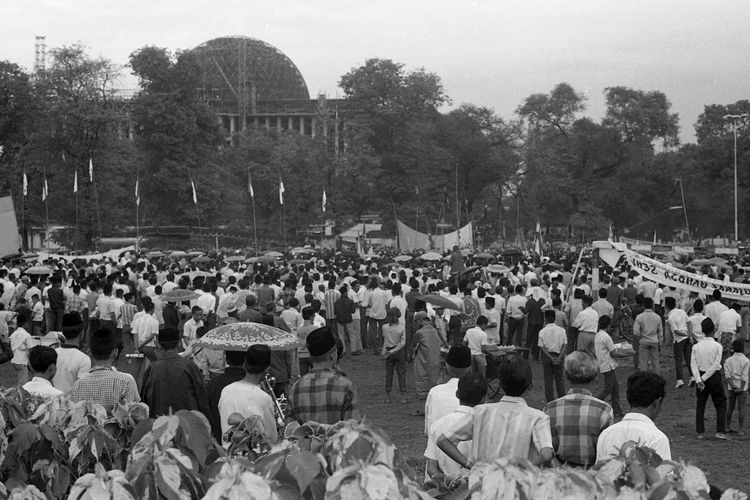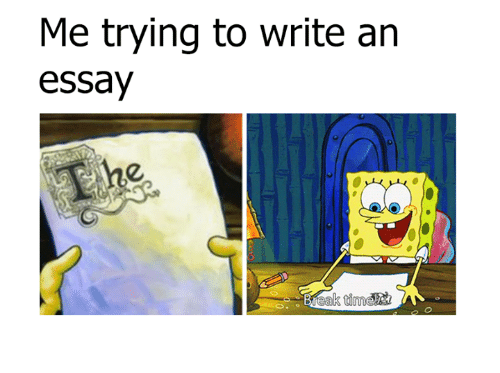Dayaknese Tattoos: More Than Just An Art
- E. Deborah Kalauserang

- Jun 8, 2018
- 4 min read
A FInal Exam Paper - Introduction to Indonesian Culture
By Esther Deborah Kalauserang
A. Introduction
Tattoos are part of the Dayaknese tribes’ culture, a heritage of Borneo people. However, there are some issues relating to society’s appreciation towards this particular kind of cultural art. Firstly, the writer will explain why this topic is chosen and worth discussing. Next, a description of dayak tattoos will be provided in the discussion. Then, the writer will explain the prominence of the object in the past, present and future. Finally, the whole discussion will be concluded in the end.
Indonesia, the land of Komodo dragons and home for hundreds of ethnic groups, has so many cultural heritages that are shaped as a result of its diversity. More than 266 million lives populated this South East Asian country. These people, coming from various ethnic backgrounds, posses countless of cultural heritage and arts. One of them is the art of tattooing one’s body by the Dayak tribes coming from the island of Borneo. Unfortunately, people—including Indonesians—often perceive tattoos as a fraction of the pop culture, ‘a mainstream part of society’ as quoted by one of the Huffington Post’s contributors, Mik Thobo-Carlsen. However, dayak tattoos do not only represent the beauty and freedom of expression of the Borneo people. It is more than just an ordinary art.
B. Discussion
Tattoos have existed since thousands of years ago. According to National Geographic’s article, Painted Past: Borneo’s Traditional Tattoos, this form of art has existed since more than 5,000 years ago when a tattooed pre-historic human was discovered near the Alps in 1991. The word ‘tattoo’ is thought to be derived from both the Polynesian “ta” — meaning “to strike” — and the Tahitian “tatau” — meaning “to mark”, as quoted by Mik Thobo-Carlsen. From the Roman legionnaires’ SPQR mark until Justin Bieber’s controversial torso tattoo, this form of art succeeds to maintain its existence everywhere—including in Borneo, Indonesia.
The Dayaknese, the people of inland Borneo, sees it as something more than just beauty or freedom of expression. According to Lars Krutak, an American tattoo anthropologist, dayak tattoo is “a spiritual art form that merges images of humans, animals, and plants into one unit, expressing the proliferation of life and the integration of living and spiritual beings in the cosmos...articulating symbols inscribing implicit Dayak ideologies of existence upon the living canvas of human flesh.” Dayak tattooing is one of the prominent traditions that shapes Borneo’s cultural values. Furthermore, it also plays a significant role in the past, present and also future.
Firstly, dayak tattoos represent the people’s traditional culture and society in the past, regardless of the fact that this practice is dying out. People of Borneo truly believe that every living thing revolves around the realm of spirits. When someone wants to relief himself in the forest, he has to ask for the spirits’ permission to piss there—or he will drench some spirit’s house with his urine and anger the invisible one. This example is only one out of many dayak spiritual beliefs. It explains why tattoos are used to protect oneself from danger, evil forest spirits and moreover to signify the maturity stage of its wearer. When a boy succeeds to perform a certain task (like hunting), he will be given a tattoo of water serpent which crawls up to his thigh to indicate that he passed the adolescent stage. It goes the same for the Kayan girls to indicate that they are now an adult and ready for marriage. In addition, specific tattoo patterns also identify social status. "Only aristocracy who could pay with a sword, a gong, pigs, or old trading beads (are allowed to wear intricate designs),” claimed Krutak, and “only these women were powerful enough to resist any negative magic associated with the designs themselves. Slaves were forbidden to tattoo.”
Secondly, dayak tattoos allow people in present time—especially Indonesians—to study the past civilization of Borneo and learn more about Indonesia’s heritage. This idea is of great importance due to the fact that Indonesia’s present generation is starting to lose their own sense of nationality. According to one of the lecture from Jakarta’s Art Institute (Institut Kesenian Jakarta), Julianus P. Limbeng, claims that this may be caused by education rooted in mono-culture (western culture) aesthetic approach which changes the society’s mindset towards traditional arts. Local arts are less appreciated compared to other forms of modern, pop arts (such as play performances or television progams) that follow western standards. By studying dayak tattoos, the present-day generation of Indonesians may learn more about what Indonesia—or Nusantara—is and also regain their appreciation of local heritages.
Finally, this form of cultural art is significant for the future because it will determine the fate of other Indonesian cultural heritages. When a cultural heritage is maintained or protected until the future, it implies that Indonesia still have their identity imprinted on the lives of its citizens. If this heritage disappears, it means that Indonesians will slowly lose its sense of national identity and not take care of other cultural traditions. Afterwards, Indonesia will be majorly influenced by the global, mono culture—as previously mentioned by Julianus P. Limbeng.
B. Conclusion
Dayak tattoos are more than just a form of art or part of pop culture. It is not just the beauty and freedom of expression coming from a certain group either. It stands for the belief, society and way of life of Borneo people. It is a medium to represent Indonesia in the international world. Most importantly, it belongs to a greater part—the diverse and beautiful culture of Indonesia itself. Through this form of art, Indonesians may regain their sense of their national identity and think of home.
References
Krutak, Lars. “In The Realm of Spirits: Traditional Dayak Tattoo in Borneo” Lars Krutak 23 November 2012:-. https://www.larskrutak.com/in-the-realm-of-spirits-traditional-dayak-tattoo-in-borneo/. Web. 23 May 2018.
Guynup, Sharon. “Painted Past: Borneo’s Traditional Tattoos” National Geographic 18 June 2004:-. https://news.nationalgeographic.com/news/2004/06/0618_040618_tvtattoo.html. Web. 23 May 2018.
Thobo-Carlsen, Mik. “How Tattoos Went from Sub-Culture to Pop Culture” Huffington Post 27 December 2014:-. https://www.huffingtonpost.com/mik-thobocarlsen/how-tattoos-went-from-sub_b_6053588.html. Web. 23 May 2018.
Jodhi. “Apresiasi Masyarakat pada Kesenian Tradisional Menurun” Kompas 7 December 2012:-.https://ekonomi.kompas.com/read/2009/12/07/21085342/apresiasi.masyarakat.pada.kesenian.tradisional.menurun. Web. 23 May 2018.






Comments